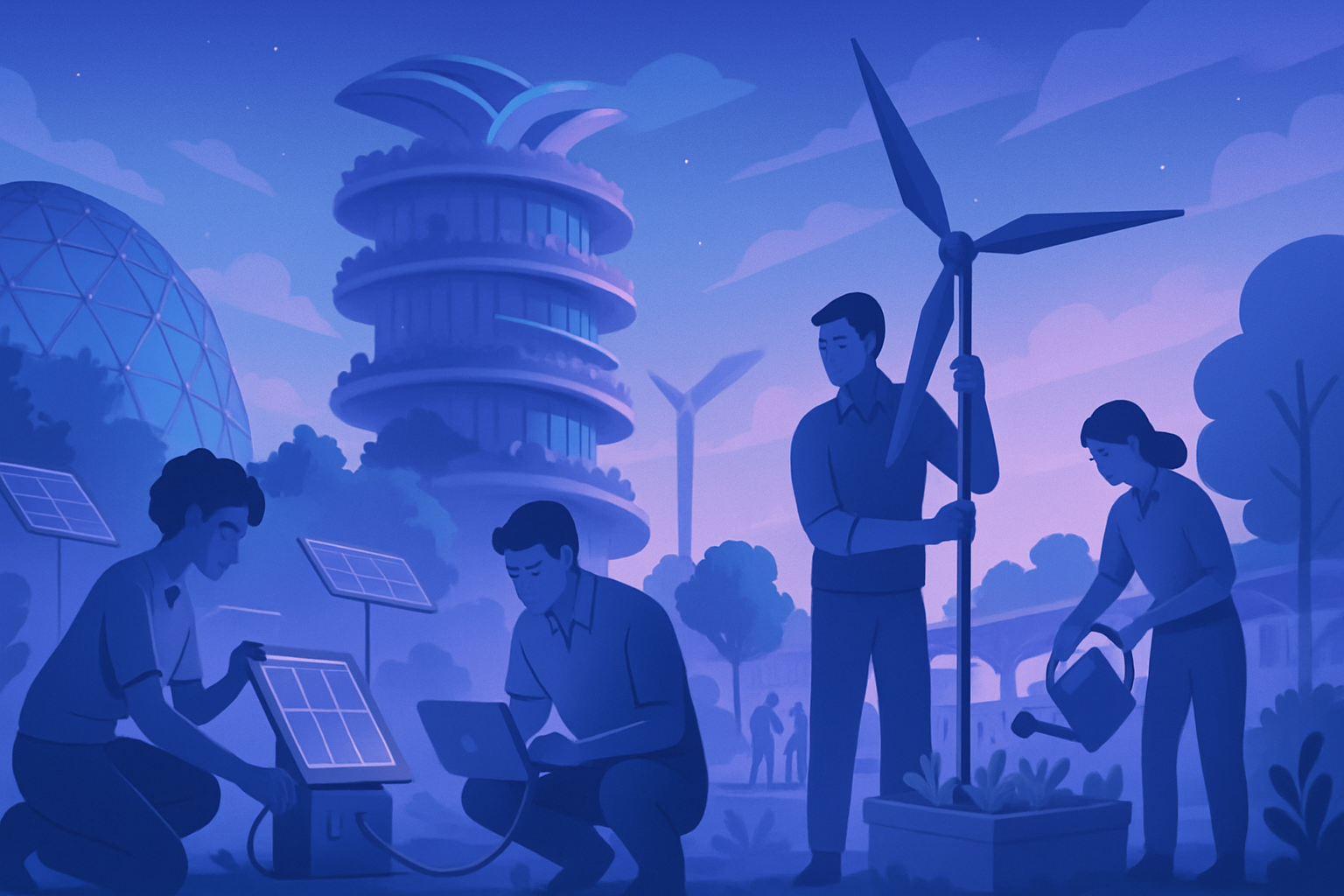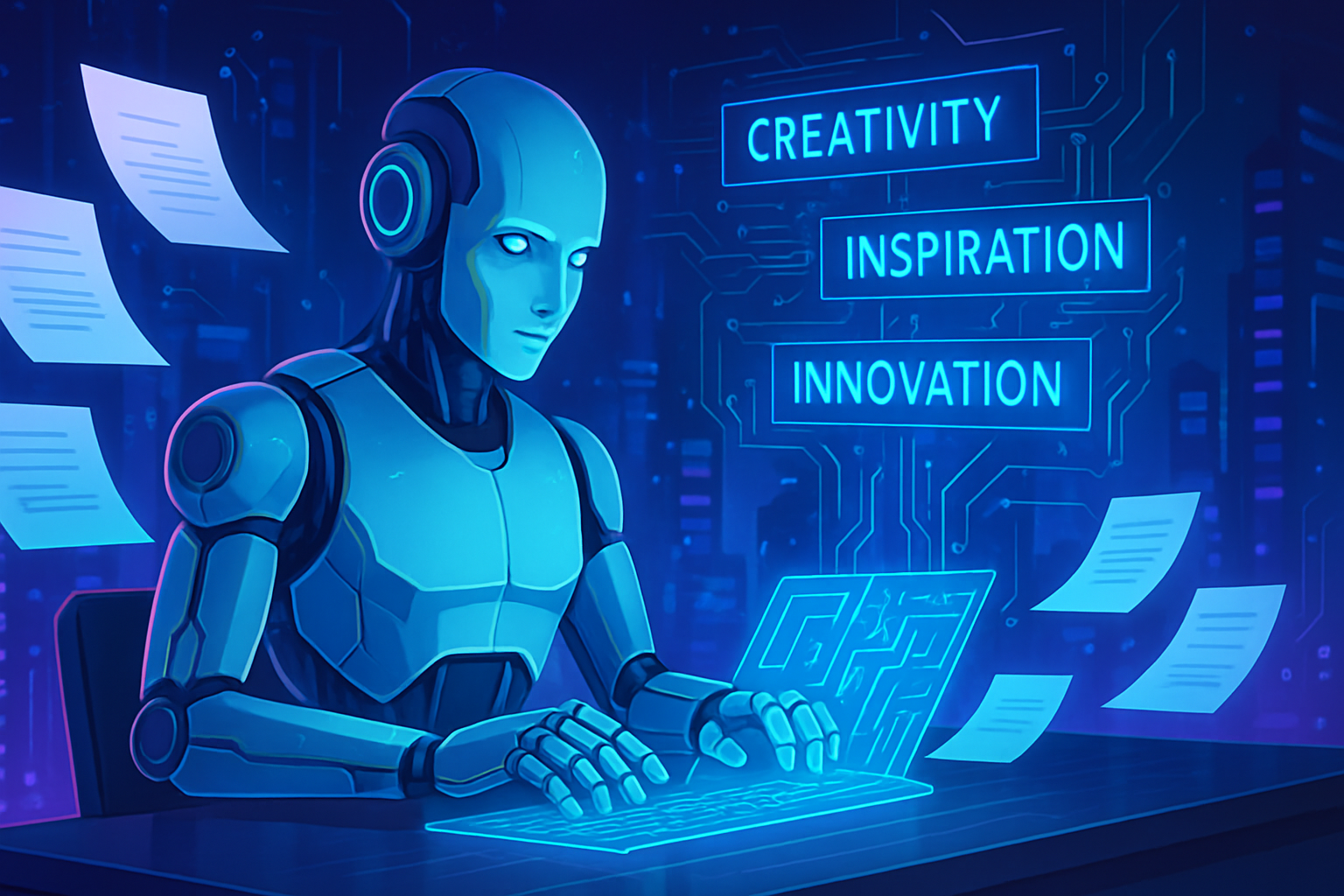The domination of billionaires over technological innovation raises fundamental questions. Limited resources should not restrict the ability to improve our lives through technology. _“Frugal technology” emerges as a bold response_, promoting solutions tailored to the real needs of communities. Adopting accessible tools engenders a disruption of traditional models, offering unprecedented autonomy. _These local innovations transcend barriers_ and foster shared prosperity, far from the complex mazes of tech giants.
Frugal Technology: A New Paradigm
Frugal technology emerges as a relevant response to the excesses of innovations based on unlimited financial resources. This paradigm overturns the popular notion that technology must necessarily be expensive and energy-intensive to claim innovation. Ursula Franklin, a leading figure in the field, describes this technological illusion as often “shiny” and “experimental,” when it should be more pragmatic and focused on the immediate needs of communities.
Solutions Rooted in Reality
Research conducted by the Association for Progressive Communications highlights how devices such as software-defined radios maintain connectivity in resource-limited contexts. These technologies provide a tangible alternative to the billions invested in extravagant and often inaccessible projects. In Africa, particularly in the Niger Delta, these practical solutions take on an environmental dimension, monitoring pollution to protect communities.
The Digital Divide to Bridge
The current digital divide manifests in the growing gap between those who benefit from fast connectivity and those who are deprived of it. Resource-intensive technologies, such as certain artificial intelligence platforms, hardly benefit the 2.5 billion individuals without Internet access. Thus, innovation efforts must focus on sustainable systems tailored to local conditions. This evolution requires collaboration between local authorities and communities to create solutions, not imposed, but developed by those who need them most.
Open Innovation and Community Participation
The open innovation model reveals its potential when projects like the OpenFlexure microscope are highlighted. Made from 3D-printed materials, this equipment makes lower-level diagnostics accessible at ridiculously low costs. The open-source nature of these technologies encourages strong community involvement, fostering user trust through transparency and accessibility.
A Local Technological Revolution
Initiatives such as that of Chris Conder, who herself dug fiber optic cables, illustrate how individuals can achieve technological wonders locally. The creation of organizations like B4RN demonstrates the ability of communities to change their fate by developing their own infrastructures. These actions show that innovation does not always require billion-pound buildings but can thrive in local contexts with accessible resources.
Pushing the Limits of Technology
Tech enthusiasts must redefine their perception of what innovation is. The true potential lies in the ability to break complex problems down into basic solutions that everyone can adopt. The best innovations are thus characterized by their simplicity and effectiveness. Societal-focused projects such as those developed by artificial intelligence researchers, like DeepSeek, deliver tangible results without necessitating astronomical funding.
A Call to Collective Action
Innovation actors must pursue broader societal goals. Initiatives that advocate for a more inclusive Internet and technology accessible to all are essential. Collaboration between public and private stakeholders, as well as community engagement, are key elements in developing sustainable infrastructures. The example of Google’s Gemma 3 also shows that openness can promote access rather than exclusion.
These efforts emphasize the importance of accessibility and community engagement at every stage of the innovation process. By adopting a collectively thought approach, the shift towards a frugal technology could truly transform our societies.
FAQ on Frugal Technology for a Better World
What is frugal technology?
Frugal technology refers to simple, accessible, and low-cost technological solutions developed to meet local needs, without requiring endless resources or exorbitant budgets.
How can frugal technology benefit local communities?
It allows communities to develop solutions tailored to their specific needs, fostering autonomy and local innovation while reducing dependence on costly and complex technologies.
How does frugal technology differ from technologies designed by large companies?
Unlike the massive and exclusive solutions offered by large companies, frugal technology is more focused on practical outcomes, inspired by user realities and developed to be easily implemented by local teams.
What examples exist of implementing frugal technology?
Projects like “community networks” using software-defined radios, low-cost sensors for environmental monitoring, or OpenFlexure microscopes built from 3D-printed materials illustrate how frugal technology is applied on the ground.
How does frugal technology challenge preconceived ideas about technological innovation?
It shows that innovation can be accessible to all and developed in search of practical solutions for daily needs, contradicting the idea that only costly advancements can be deemed innovative.
Why is it important to promote sustainable and frugal technologies?
The promotion of sustainable and frugal technologies helps reduce inequalities in access to innovation, while preserving the environment and encouraging inclusive and responsible economic development models.
How can I support or engage in frugal technology initiatives?
You can support these initiatives by getting involved in local projects, donating skills, participating in hackathons, or investing in startups focusing on sustainable and accessible technological solutions.
What obstacles can frugal technology projects encounter?
They may face challenges such as lack of funding, resistance to change, or regulations that favor costly solutions from large companies, thereby limiting access to necessary resources.
How can frugal technology help reduce the digital divide?
By developing accessible and low-cost solutions, frugal technology enables marginalized populations to connect and access information, thereby reducing the digital gap between different socio-economies.






